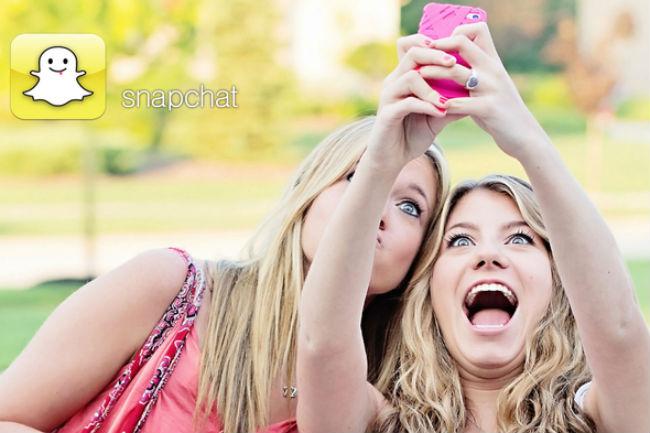
According to the Wall Street Journal, Facebook tried to buy Snapchat for $3 billion dollars – and failed. That right there is the craziest thing about this story: A young, controversy-plagued, arguably too-niche start-up passed on $3 billion. Thanks, Facebook – but no thanks! But there are other crazy things about all this, for instance:
1. Snapchat is more expensive than Instagram.
If you recall, Facebook paid $1 billion for Instagram last spring, and a lot of analysts said that was an insanely high amount of money, even for the fast-growing, beloved app. Snapchat doesn’t have the numbers Instagram did at that point in time, yet Facebook was still willing to shell out $2 billion more for it.
2. Poke is (probably) dead.
For whom the acquisition tolls. Shortly after Snapchat became a viral success, Facebook did what Facebook does best and tried to clone it. Poke was a thinly veiled attempt to piggyback on Snapchat’s popularity, and it failed to get much attention (other than as a way for everyone to point out what a copycat Facebook is). The fact that Facebook wanted to just give up and buy Snapchat for that amount of money means that it’s likely entirely given up on Poke. Do not expect updates, all four Poke-loving users out there.
3. Snapchat will likely lead another multi-million dollar round of investing.
This past summer, Snapchat raised $60 million, putting its valuation at $800 million. It would not be surprising to see Snapchat – hot on the heels of an attempted multi-billion dollar Facebook acquisition – try to turn some of that hype and buzz into another multi-million dollar round of venture capitalist investment.
4. Facebook, the has-been?
Being bought-out by Facebook isn’t cool. You know what’s cool? Turning down a buy-out from Facebook. That’s an exaggeration; there are still oh-so-many social apps and start-ups that would give Facebook their founders’ first born in order to get acquired by the company. But the tide is turning, and it’s reflective of what’s happening with Facebook’s user base as well. Also, rejecting a big buy-out is cool. Twitter did it. But so did Friendster – so the results can go either way.
5. Some numbers to chew on.
In order to truly grasp the monstrosity and meaning of a company being worth $3 billion, here are the prices paid to acquire a few other Web platforms you may have heard of. Yes, I know what inflation is. Yes, I know what a tech bubble is – no need to explain that here. This still deserves to be said.
- YouTube was acquired by Google for $1.65 billion.
- TweetDeck was acquired by Twitter for $40 million.
- MapQuest was acquired by AOL for $1.1 billion.
- Zappos was acquired by Amazon for $1.2 billion.
- PayPal was acquired by eBay for $1.5 billion.
- MySpace (old MySpace, not new Myspace) was acquired for $580 million by News Corp, later sold again to Specific Media for around $35 million.
- Tumblr was acquired by Yahoo for $1.1 billion.
Whether you think Snapchat is just a phase we’re all going to grow out of (crazier things have happened; remember Xanga? Remember Farmville?!) or are utterly addicted to the app, you can’t deny it’s experiencing an epic rise. A Pew report last month found that 26 percent of adults between 18 and 29 use it, and last word from Snapchat itself was that users were sending between 200-350 million snaps a day. Facebook recently admitted for the first time that it’s lost teenage attention, and it’s pushing harder on mobile than ever. That, plus deep pockets, makes the $3 billion acquisition make some sense. Some sense.
But there’s always ample crazy to go around when it comes to social media valuations, so stayed tuned for the rest of this Snapchat saga. Either it will crash and fade into the social darkness with the likes of Friendster and Livejournal, begging us to remember when Facebook offered it $3 billion … or it could become the face of mobile-social and change the game as we’ve known it.


